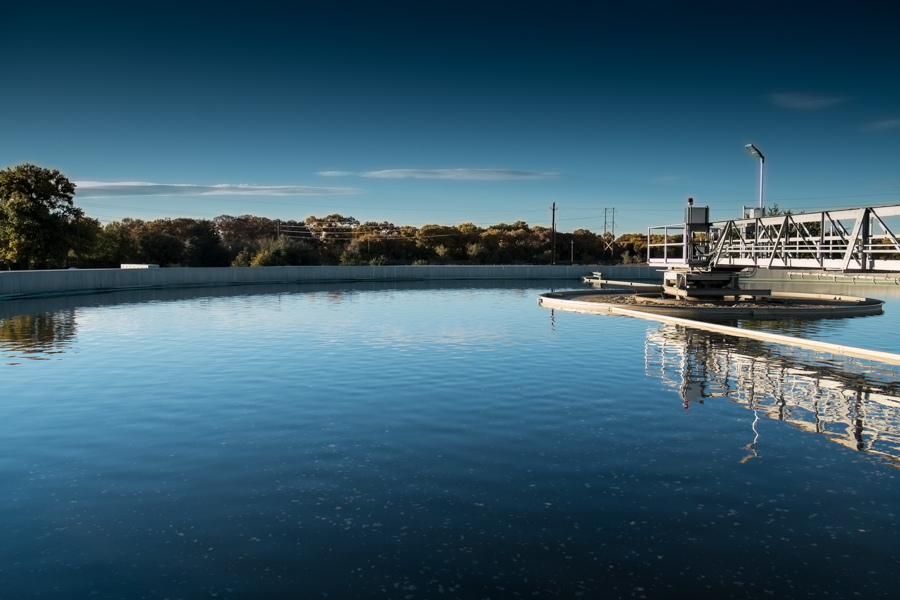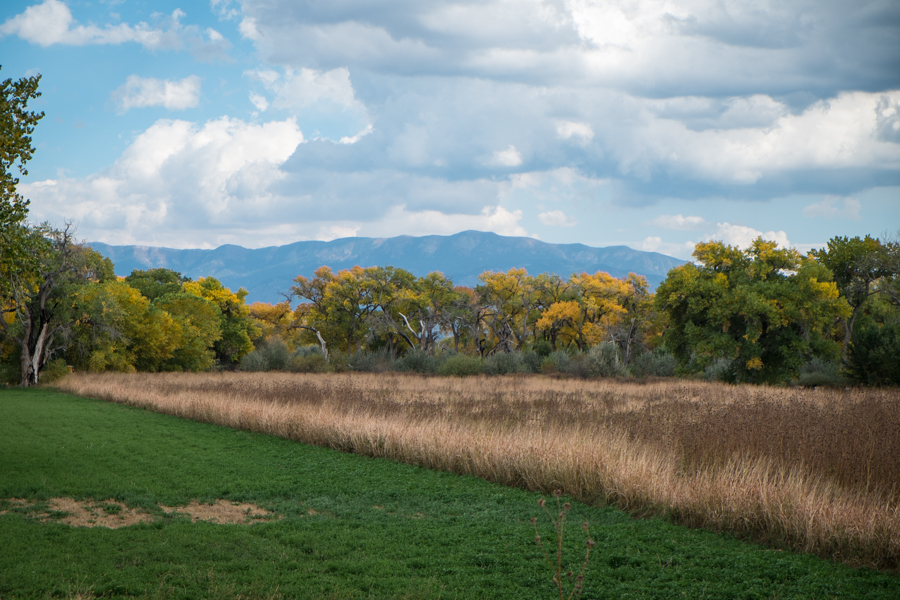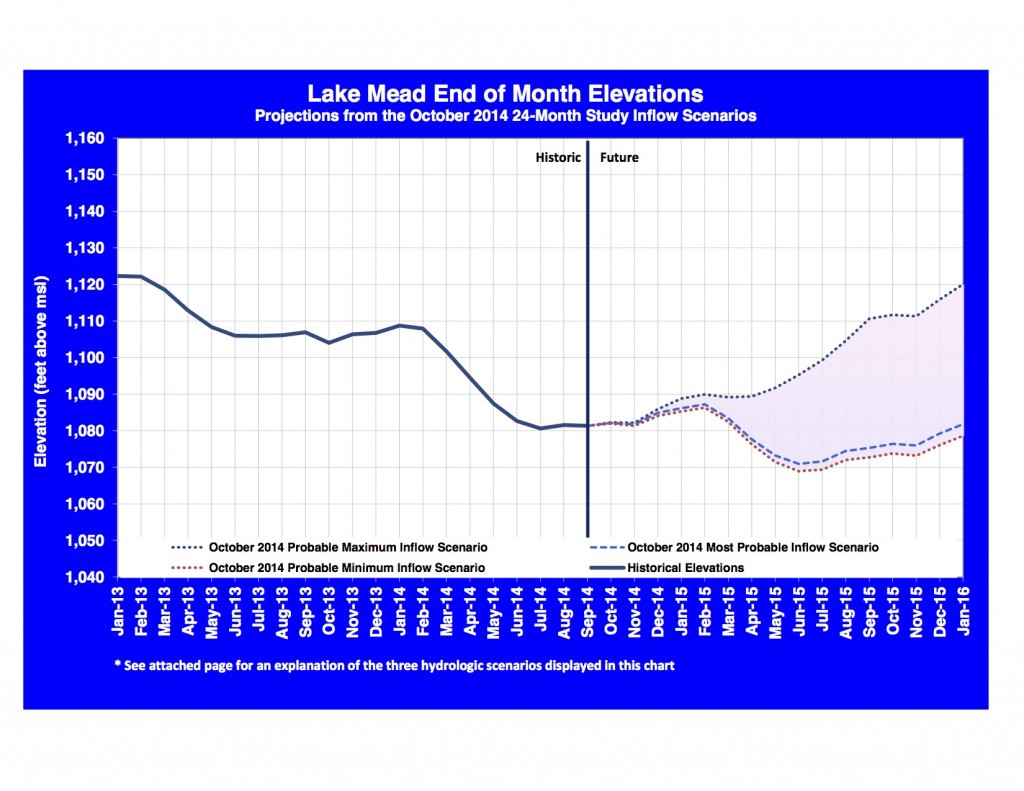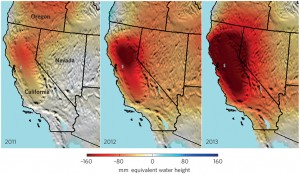About a decade ago, New Mexico state Rep. Mimi Stewart introduced legislation to collect a “water resource fee” on all water use in the state – $2 per acre foot for ag, $20 per acre foot for municipal and most other water users. (details in a 2003 talk by Steward here – pdf) The idea was to generate revenue to fund water capital and management needs. “We’re going to have to come up with more money for water somewhere, sometime,” Stewart said back then, “and I think it is time we start telling the public, our constituents, that water has to be paid for because it
costs a lot to deliver it.” I haven’t run down the details of what happened (I wasn’t covering water back then), but I’m told it didn’t get much traction. People don’t like to voluntarily pay more for stuff, I guess. One of the weaknesses of Democracy, and why, for example, we haven’t raised the gas tax since 1993.
This feels a lot like severance taxes on oil and gas production, which are commonly done in New Mexico and elsewhere, but for some reason it’s a lot harder to do with water.
There’s some renewed chatter about doing this in New Mexico, though only from talking heads like me outside the government, not those inside the government who actually have to pass bills and get people to vote for them. So for now, think nothing of it. But it’s the reason I was so interested in this item, about what sounds like tentative talk in California about something similar:
The water plan released Thursday emphasizes securing more stable funding for water projects. It suggests an unspecified state water fee on water users as one possible source of additional funding.
So, lazyweb style, are there other states that already do something like this?




